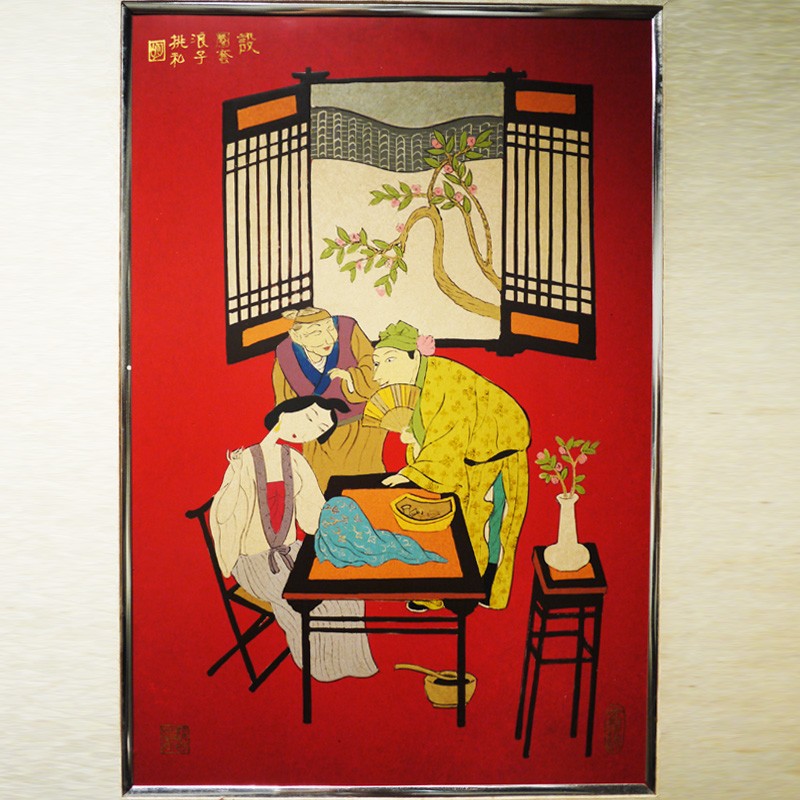
The main characters in the classical novel, in addition to the chief protagonists, His-men Ching, include Pan Jinlian, meaning Golden Lotus, Li Pin’ger, meaning Little vase, two concubines from Ximen Qing and Pang Chunmei, and a young maid who later arose to power within the family. Plum in the Golden Vase, originally regarded as Jin Ping Mei derived its name from three main characters.

Third, the characters must be individuals who are plausible and realistic. Second, the characters used in the story must be clearly motivated in their actions particularly when there are changes in their actions or behaviors.

The first principle which the author uses is that a character must be consistent in his behavior or the way of the character which must remain stable throughout the plot of the story. Thus, characterization must be observed in the following principles. In the novel, the author uses characterization to convince the audience about the character (Griffith, 2006). Characterization is the manner which the author describes the characters which are presented in a story through means of dialogue, as well as, action. On the other hand characterization can be described as the totality appearance of the characteristics of a character in a story. Thus, a character is a person who performs in a literary work and performs themselves through actions. Therefore, the best definition and illustration of a character is observed on an individual’s moral disposition qualities which are expressed in what they say, such as, in dialogues and their actions which are demonstrated in what they do. I support the view that characterization refers to the appearance characteristics of the character in the story. On the other hand, characterization refers to the totality in the appearance of the characteristics of a character in piece of literary work, such as, drama or in novels. They are individuals participate in a literary work, such as, a novel, while performing themselves through actions or through dialogue (Lu, 2000). In addition, a character is defined as literary genre.

Characterization is a technique used by artists to perform themselves in the story. In most literary works, the author imagines a person whose characteristics revolves and inhabits the central focus of the story. Therefore, in Plum in the Golden Vase, the characters play a vital role in every aspect of the story ranging from the start to the end. Characters are used to identify and describe the personality of an individual in a story, particularly those who are influential in the development of the literary work (Griffith, 2006). In all stories and literary works, character and characterization forms an important component of a story. Its depiction of sexuality has made the book to be considered as a pornographic material. Plum in the Golden Vase ranks in the top ten classical novels. Currently, the novel comprises of many chapters which sums up to over a thousand pages. According historical perspectives, the first block printed version of the novel came into existence in the early 16 th century. The original versions of the novel only exist in handwritten texts.

In addition, many people observe The Plum in the Golden Vase as a landmark in the development of narrative art both in the Chinese perspective and the global scenario (Lu, 2000). This piece of Roy’s work is famous primarily for its rhetoric realism. In this volume, Roy provides a complete and annotated translation of the classical novel, Chin Ping Mei, which focuses mainly on the domestic life of the chief protagonist, His-men Ching, is portrayed in the novel as a corrupt merchant hailing in a provincial town and is married to six wives, and many concubines.


 0 kommentar(er)
0 kommentar(er)
